Simagic P-HPR
Benefits
- Greater immersion
- Good value for money
- Very good quality of manufacture
Disadvantages
- Requires time to fine-tune settings
- Limited compatibility, both in terms of equipment and sim-racing titles
Our rating: 9.5/10
Simagic is a rather young brand in the sim-racing industry, as is Moza Racing. Both manufacturers started from scratch and quickly made a name for themselves in the game, competing with industry heavyweights such as Fanatec.
Simagic’s recipe for success is quite simple: a team with a passion for sim-racing, backed up by professional pilots. The result: high-quality, immersive and, above all, high-performance products.
Simagic’s catalog covers a bit of everything in sim-racing, from Formula to endurance and GT, with Direct Drive bases, steering wheels, cranksets and other accessories. Among the latter, we have the P-HPR, which is a vibrator-type electric motor that fits onto Simagic pedalboards. The aim of such a product is to add an extra layer of immersion through haptic feedback to your feet. You’ll feel ABS, wheel lock and traction control interventions, enhancing your driving experience.
Today, it’s back on our sim-racing setup for a full test.
Main and technical motor specifications
- Linear electric motor for precise vibration
- CNC-machined aluminum housing
- Compatible with Simagic’s P1000 and P2000 pedalboards, but can also be used with other brands’ devices, provided you have the appropriate brackets.
- Draws vibration data from sim-racing track telemetry
Design
It’s not every day that you find haptic motors on test, and you have to take advantage of the opportunity. Usually, this kind of equipment is already present on pedalboards, and not as an add-on. But I think Simagic’s approach is a good one.
Anyway, on to the design. It’s a black case, with red covers. It’s quite discreet, as the color black dominates this peripheral, and then you won’t see it once installed on your P1000 or P2000 pedalboard. There’s not much else to add, apart from the wiring coming out the back.
Customized assembly
The P-HPR is mounted directly on Simagic’s P1000 or P2000, as the pedalboard has slots for mounting the motors. A plate of some kind is supplied with each motor, and this attaches to the rear of the pedal, or rather the pedal plate.
The operation is relatively easy to carry out, and the only difficulty encountered is having to remove the pedal plate to attach the motor. It’s not the end of the world, and will allow you to clean up your crankset a bit, as I did with mine.
For mounting on a device other than Simagic’s, you’ll need specific brackets, and in 3D printing. It seems to me that some sim-racing fans have already made such brackets, but I’m not 100% sure. In any case, if you’re looking to install these motors on your Fanatec pedalboard, for example, do your homework on the brackets available on the market.
Manufacturing and finishing
The cabinet uses anodized aluminum, which is CNC-machined. As a result, the quality of manufacture is very good, both on the casing itself and on the covers on both sides.
As for the finish, once again, it’s well done. Admittedly, it’s a Simagic, but let’s not forget that this is a peripheral that will be installed behind your pedalboard, so out of sight. Even taking this point into consideration, the brand has made the effort to offer us a quality product.
Motor settings
Motor settings are handled by Sim Pro Manager, Simagic’s in-house software. By the way, if you don’t have this software, your PC won’t recognize the P-HPR as a USB device.
Not surprisingly, the interface is intuitive, making it easy to set up your motors. Depending on the number (3 max), you have different effects that can be applied to each vibrator. TC and ABS are examples, with one motor for the gas pedal and one for the brake. You can also set the frequencies for each channel, along with the vibration intensity.
You can also use SimHub to tune the P-HPR, and you’ll have many more parameters to fine-tune, which should help seasoned pilots.
Sensations during play
Let’s move on to the technical side of the product. The P-HPR features a linear haptic motor, exploiting a magnetic field on one axis to create vibrations. This is both precise and, above all, very fast at generating vibrations, unlike other technologies, such as rotary vibrators where half a weight is attached to the axis, and when the motor turns, it creates vibrations due to the unbalanced masses.
Let’s move on to the sensations. Depending on the software you’ve used to set up the P-HPR, you’ll get the same sensations, but actuated differently. On SimHub, you have better control of the triggers, if you like. For example, you have locking for each wheel, not all 4, so you can activate vibrations only when the front wheels lock.
Otherwise, for the overall feel, it adds a lot of driving feedback, making for a much more rewarding and immersive driving experience. Vibrations can be dosed very well with SimHub, or even Sim Pro Manager, allowing you to feel additional effects from the drive train. Honestly, the addition of haptic feedback on the pedals is not to be underestimated.
Compatibility
The P-HPR is compatible with Simagic pedalboards natively, and on the PC platform too. If you have a pedalboard from another brand, you can use the P-HPR with it, but you’ll need to build or buy a specific bracket, and also a control box.
Value for money
I was surprised to discover that the P-HPR is a device that doesn’t cost all that much, at around €75. If you decide to take the kit with vibrator, control box, stand and power supply, the bill comes to around €120, giving it good value for money. But beware, this price is for a single motor.
My verdict
The P-HPR is aimed at an audience of seasoned virtual pilots, those looking for the smallest detail that can be added to the driving experience. If you’re in this category, and haven’t yet taken the plunge, the P-HPR is for you without the slightest hesitation, especially if your ecosystem is from Simagic. And if it’s not, you’ll easily find a support for the haptic motor.
It’s a quality peripheral that adds a lot of feedback to driving, and I recommend it.


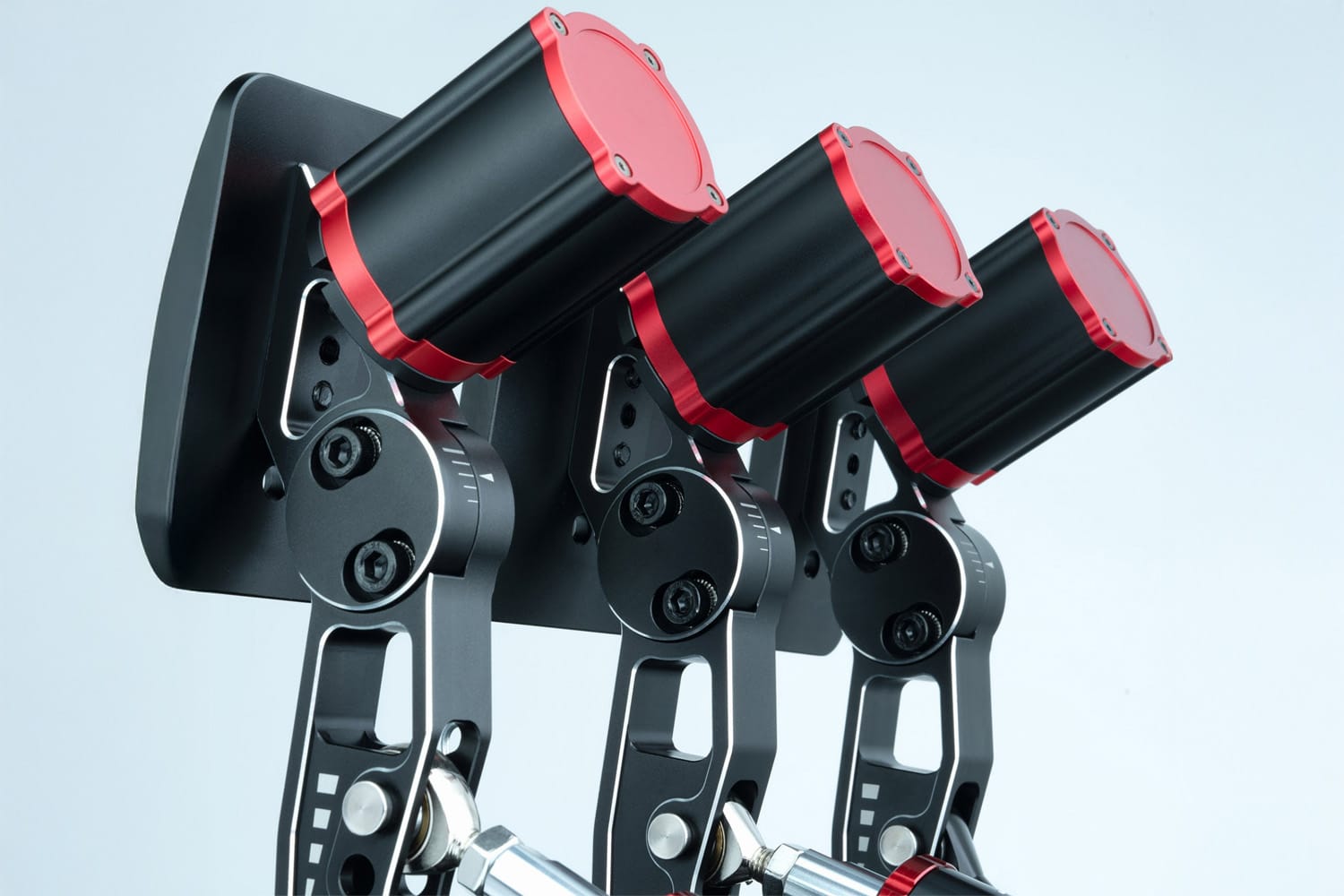
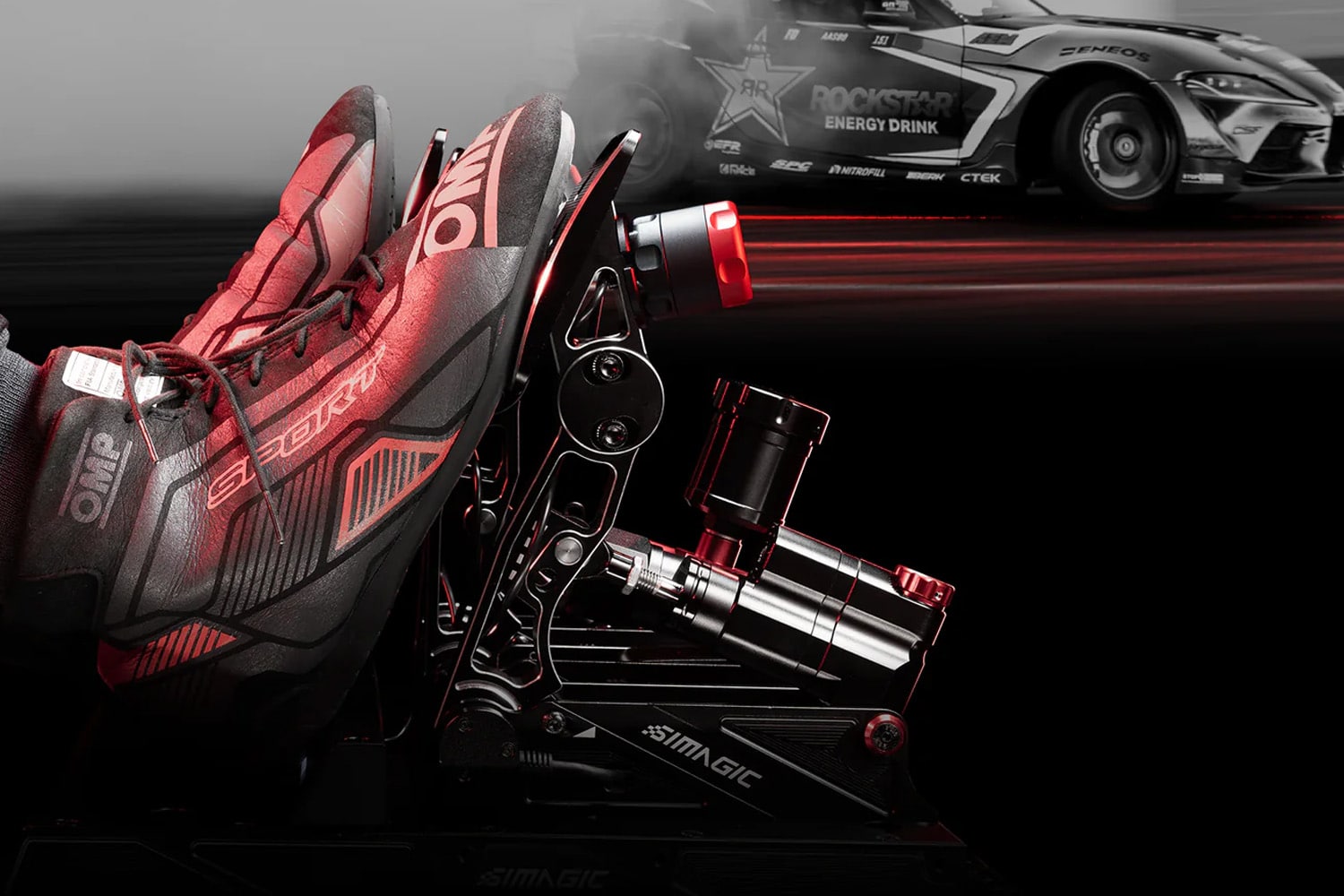

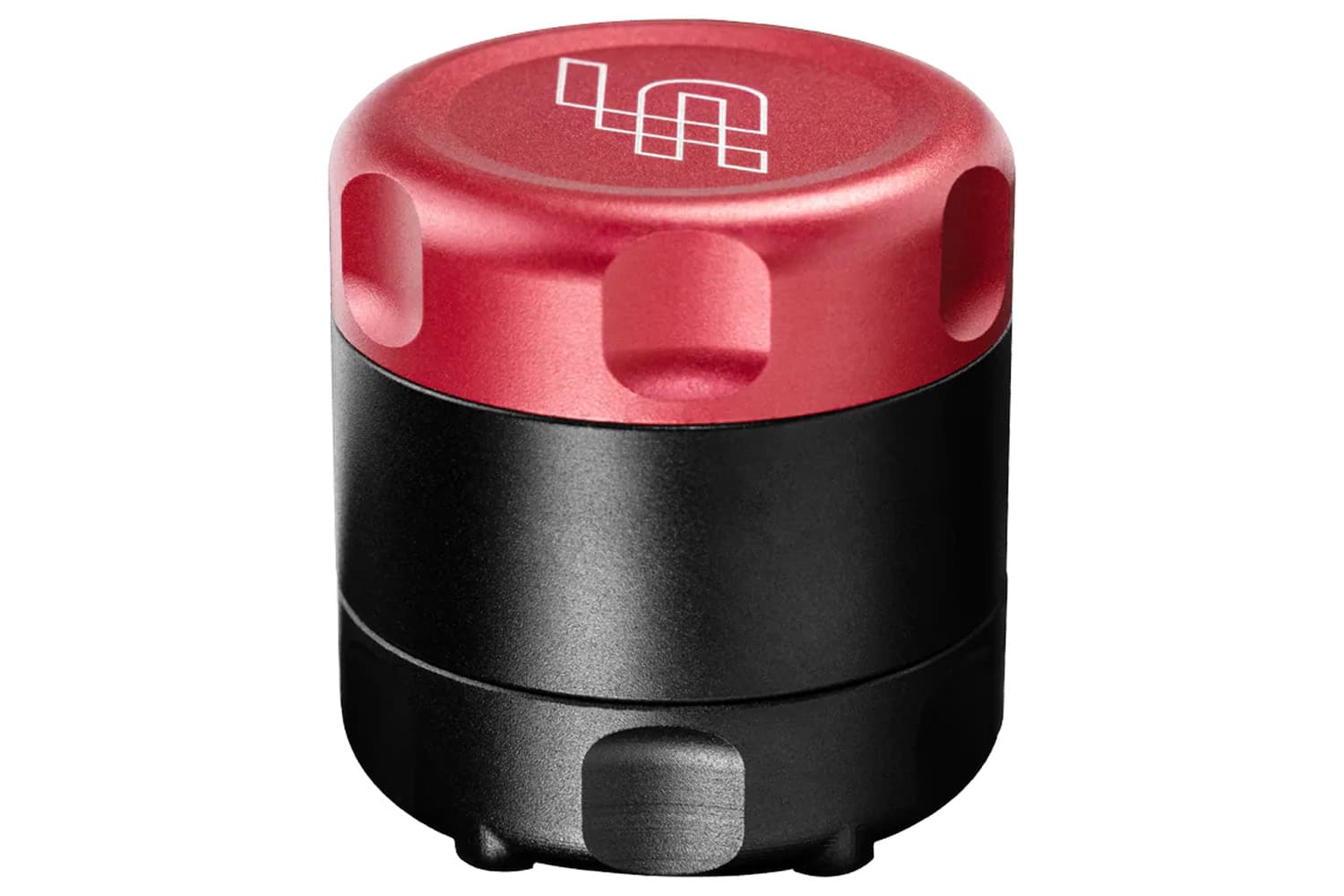
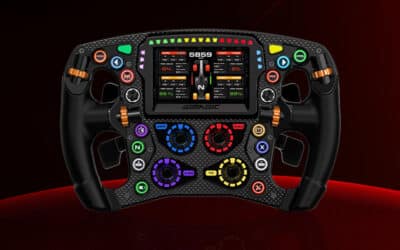
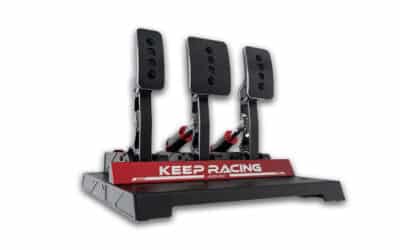


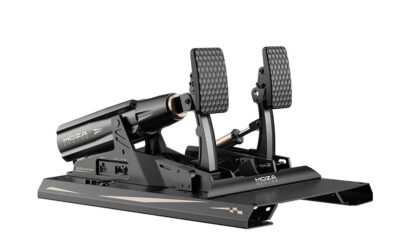
0 Comments